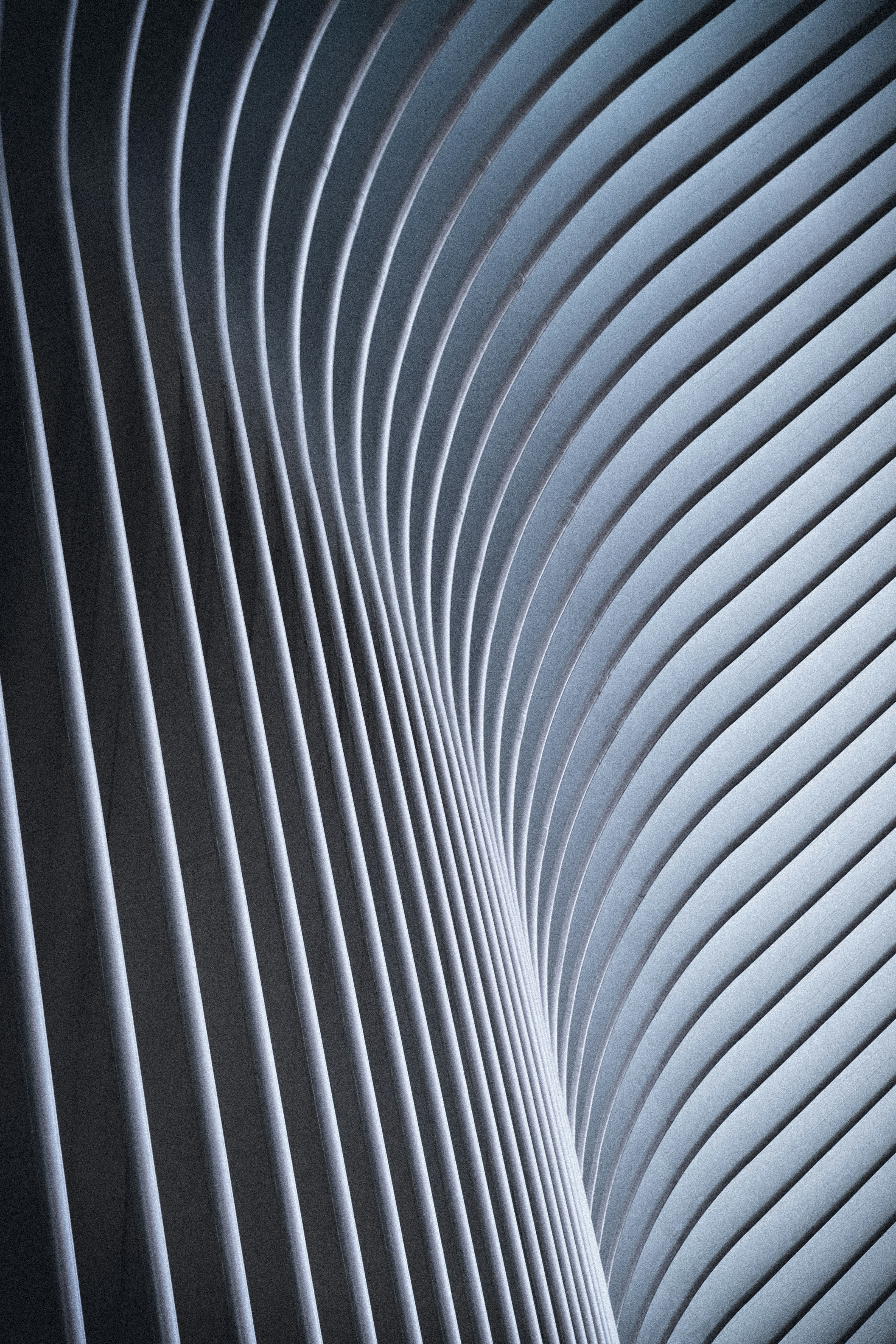Categories
All Categories
Sustainability
Architectural Practice
Construction
Design

BUILDING BEYOND CARBON
The Carbon Crisis in Construction
The architectural profession stands at a pivotal crossroads. For decades, we've known about concrete's environmental toll, yet continue using it at unprecedented rates. The statistics are staggering: construction accounts for 38% of global carbon emissions, with concrete production alone responsible for 8% of worldwide CO2. Traditional Portland cement manufacturing releases nearly one ton of CO2 for every ton produced. These aren't just numbers—they represent an existential threat to our climate future.
As practicing architects and business leaders, we face a fundamental question: How do we continue building the infrastructure modern society requires while dramatically reducing carbon impact? Biochar concrete offers one of the most promising answers
Read Article

Apr 22, 2025
Phases of Design
Understanding the architectural design process is essential not just for architects, but for clients, stakeholders, and builders alike. The American Institute of Architects (AIA) outlines a structured sequence of phases that guide the delivery of architectural services—each with distinct purposes, milestones, and deliverables.
In this post, we’ll dive deep into all six phases of design as defined by the AIA—from Preconcept to Construction Administration—shedding light on what happens at every stage, who’s involved, and why each phase matters.
Read Article

Apr 18, 2025
Pre-Concept Design
Architecture begins long before the first sketch. The Pre-Concept Design phase—often undervalued and misunderstood—establishes the foundation upon which all subsequent design decisions stand. At Solid Void, we've found that excellence in this initial phase correlates directly with project success rates, client satisfaction, and profitability.
This first step in the American Institute of Architects' six-phase design process demands rigorous investigation, stakeholder alignment, and strategic thinking. When executed properly, Pre-Concept Design transforms abstract needs into actionable frameworks that guide the entire project lifecycle.
Read Article

Mar 18, 2025
Schematic Design
After establishing a solid foundation in Pre-Concept Design, architects embark on the exciting journey of giving form to function. Schematic Design—the second phase in the American Institute of Architects' design process—is where abstract requirements transform into tangible architectural proposals. It's the bridge between what a project needs to accomplish and how it might physically manifest.
At Solid Void, we view Schematic Design as architectural storytelling at its most fundamental. This phase establishes the narrative that will guide all subsequent design decisions. While pre-concept work establishes "why" and "what," schematic design begins to answer "how"—translating client aspirations into physical realities that can be evaluated, refined, and eventually built.
Read Article

Apr 10, 2025
Design Development
Design Development (DD) marks a pivotal transition in the architectural process. While Schematic Design establishes what a building will be, Design Development determines precisely how it will come together. This third phase in the American Institute of Architects' design sequence transforms promising concepts into constructible solutions through rigorous technical development and interdisciplinary coordination.
At Solid Void, we view Design Development as architecture's moment of truth—where inspiring visions meet physical realities. During this phase, dimensions become exact, materials gain specificity, and building systems move from diagrammatic intent to coordinated solutions. It's where the architectural narrative established in Schematic Design acquires the technical vocabulary necessary for implementation.
For clients, Design Development represents a critical engagement period where decisions directly impact construction feasibility, long-term performance, and project economics. Understanding this phase helps clients participate strategically in the design process, making informed decisions while avoiding costly changes during construction.
Read Article

Mar 5, 2025
Construction Documents
After establishing design direction through Pre-Concept, Schematic Design, and Design Development phases, the architectural process advances to Construction Documents (CDs)—where design intent transforms into precise instructions for builders. This fourth phase in the AIA design sequence produces the comprehensive documentation that forms the legal and technical basis for construction.
At Solid Void, we approach CDs as the critical translation point between architectural vision and construction reality. The quality of this documentation directly impacts construction efficiency, budget adherence, and ultimately, whether the completed building fulfills the promise established in earlier design phases.
Read Article

Apr 9, 2025
Bidding and Negotiation
In the arc of an architectural project, the Bidding and Negotiation phase represents a critical transition—the moment when conceptual designs and technical documents transform into actual construction commitments. This phase, often underappreciated by design professionals focused on creative aspects, serves as the economic foundation upon which successful projects are built. For owners and clients, it represents the translation of aspirations into financial reality; for architects, it's where design intent meets market forces; and for builders, it's the foundation of the business relationship that will ultimately deliver the finished work.
Read Article

Apr 9, 2025
Construction Administration
After the comprehensive work of creating Construction Documents, architecture enters its implementation phase—Construction Administration (CA). This fifth component in the AIA's design sequence transitions architectural services from documentation to oversight as designs become physical reality.
At Solid Void, we approach CA as a critical quality assurance process, ensuring contractor work aligns with design intent while addressing inevitable field conditions and construction challenges. Far from a passive observation role, effective CA requires active engagement, rapid problem-solving, and vigilant attention to detail.
Read Article

Apr 24, 2025
The Balance of Form and Function
Striking the perfect balance between aesthetics and usability is at the core of great design. Whether it’s residential spaces, commercial buildings, or public architecture, every element must serve a purpose while maintaining a sense of beauty and harmony.
Read Article

Apr 24, 2025
Reinventing Office Spaces for Tomorrow
The way we work is changing, and office spaces need to keep up. Flexibility, collaboration, and well-being are now central to workplace design. Discover how architects and designers are creating environments that inspire productivity and creativity.
Read Article

The Role of Light in Architectural Design
Light is one of the most powerful tools in architecture, shaping mood, perception, and functionality. Whether natural or artificial, the way light interacts with a space can transform its atmosphere and purpose. Here’s how architects use light to enhance their designs.
Read Article

Building with a Sustainable Mindset
Sustainability is no longer an option—it’s a necessity. From energy-efficient materials to circular design principles, architecture must minimize its environmental impact while enhancing quality of life. Let’s take a look at the strategies shaping a more sustainable future.
Read Article

Designing for Density: Smart Urban Solutions
As urban populations grow, space becomes a valuable resource. Thoughtful design can make high-density living more comfortable, efficient, and community-driven. Explore how smart architecture is redefining modern cities while maintaining livability and sustainability.
